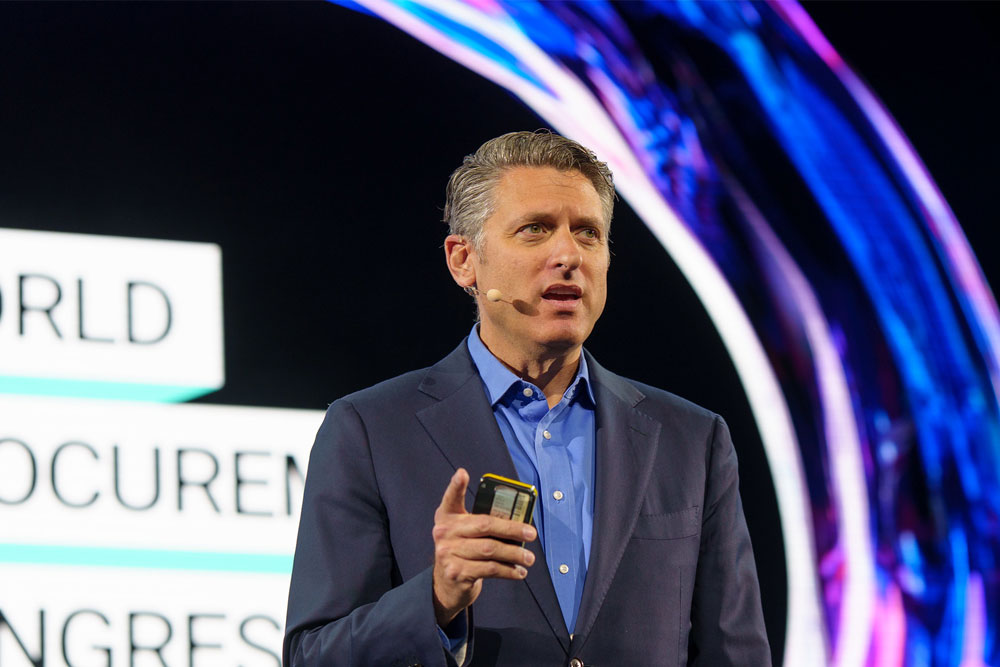When Haleon CPO Richard Crane (pictured above) took to the stage at the World Procurement Congress last week he began by sharing the irony of asking a staunch capitalist (himself) to talk about the issue of sustainability.
Sure, he said, we all care about the planet, but he is firmly in the Milton Friedman camp when it comes to his thoughts about the role corporations have in society – that is to maximise profit and financial returns to shareholders. One of his slides reiterated the point: “When the boardroom door closes, financials trump sustainability every time.”
Discussions about sustainability had always troubled Richard because they were often at odds with the capitalist mindset. Unless a regulatory requirement, sustainability initiatives would fall into the bracket of philanthropy – which means they become vanity projects and irrelevant to those closed-door boardroom conversations.
Something, then, had to change, and he was energised to share how carbon pricing could finally be the lever that makes reducing carbon part of the economic formula, not something that sits outside of it.
By demanding that Haleon’s suppliers provide carbon footprint information for the goods the company buys, Richard has engineered a position where the cost of carbon becomes part of the negotiation process and hence can be baked into the buy-sell equation. “Now I have an economic incentive, so now it becomes a race,” he said.
So how does it work? The total cost on a supplier tender is calculated by taking the supplier price and adding the supplier carbon footprint for Haleon multiplied by the EU emissions trading system carbon price. In short, suppliers must calculate their carbon footprint (if they don’t Haleon will take the industry average and add 50%, which in turn incentivises suppliers to do the work themselves).
Carbon pricing has been around for many years, but it’s rare for an organisation to demand it be included in tenders. In the past 12 months, more than £350m of tenders with carbon pricing have been submitted to Haleon, helping to drive a 219,000-ton reduction in carbon. More than 150 of Haleon’s suppliers were provided with carbon-pricing training to help them build the required capabilities.
It’s a practical, pragmatic and effective way of using market dynamics to drive impact. Richard’s next challenge is working with consumer goods and healthcare companies to to adopt the industry standard carbon pricing principles, published by the Sustainable Procurement Pledge. By collaborating with the leading brands in the sector, it will mean that suppliers have no choice but to reduce their carbon footprint. “It becomes a race to decarbonise rather than a forced march,” he said.
And there’s nothing more powerful than market forces when it comes to driving changes in behaviour.
To receive weekly insights from the Procurement Leaders community, sign up to the CPO Crunch newsletter using the link at the top of this page.





















